As we live in Belgium, we travel regularly to Germany via Poland, but unlike many, we do not treat Germany as a racing track, but as a country that offers a huge number of very interesting and sometimes little known places to visit. Each time we go to Poland we use a slightly different route and stop in slightly different places. This time, we decided to move away from the standard route and reach places which are rarely visited.
When you look at the map of Germany, it seems that the German motorways cover the entire country with a dense network. However, when you look more closely at the maps, you can find dark holes where there are no highways. We decided to discover the biggest dark hole. The three largest cities of northern Germany – Berlin, Hamburg and Hanover are connected by motorways, but between them there is an area in a triangular or trapezoidal shape of several thousand square kilometers. You can see it well on the map at the end of this post. There is not a single motorway here, not only under construction, but even in long-term planing. As a great map fan, I was wondering why this is it so.
Honestly, during the trip I did not find a satisfactory answer to this question. However I found a region in Germany which is “far away from the highway” where time flows differently. To which (a rarity in Germany) the turmoil of the Second World War did not reach, which means that all the old buildings are still standing and have not been rebuilt. If you have some time, it is worth going there.
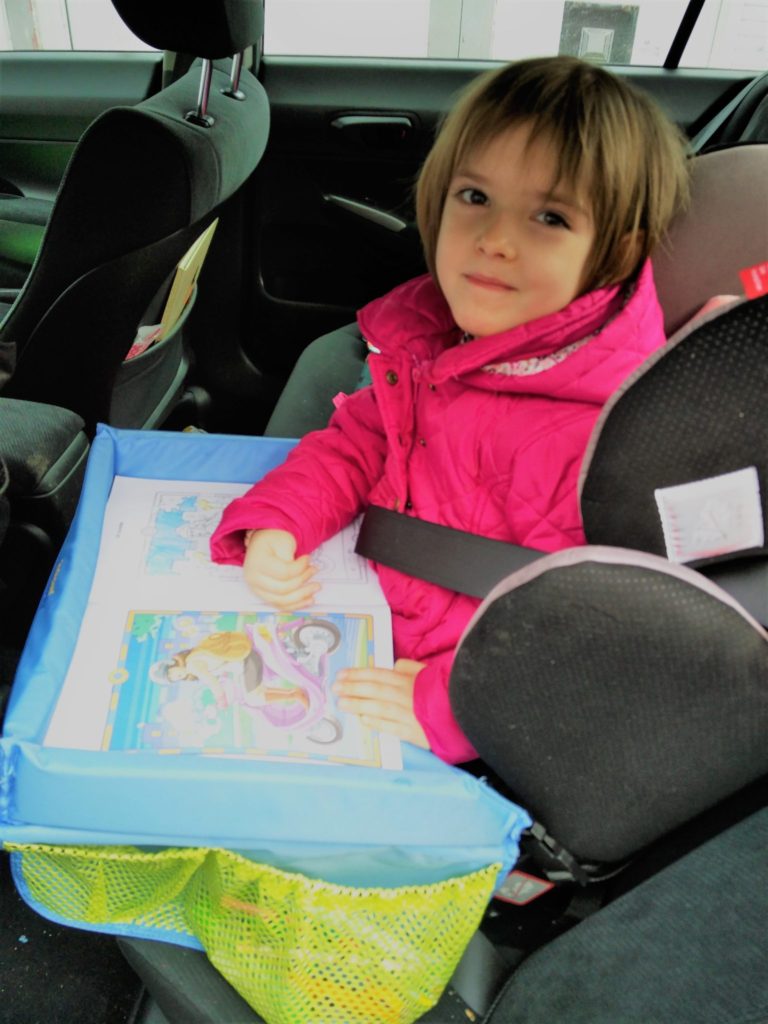
Travel
Let’s start from the very beginning. We left Belgium, after a few hours we arrived late to Hanover (as usual we were stopped by traffic jams in the Ruhr area) we took the expressway to Celle (a wonderful town that requires a separate entry on this blog). After Celle, the roads have become quite local and in the dark we passed through forests and villages. Laura slept quietly in the back seat and everything would be fine if my fuel was not extremely low. Unfortunately small sleepy villages and dense forests are not the best place to find a petrol station. Even in Germany. The first town – Beedenbostel – had one station, but unfortunately it was closed. The second town – Eldingen – had a self-service station with a familiar Polish name “Jorczyk”, but it only worked on the loyalty cards of Mr. Jorczyk, which of course I did not have.
Bodenteich
The situation was starting to get complicated. While checking my GPS, I optimistically assumed that the third town on our route – Bodenteich – must have a working station, otherwise we will have to stay in the forest. Bodenteich had a station. It is not known, however, why this station (again a self-service one at this time of the night) did not accept any of my cards (probably because they were Belgian), and it was impossible to pay by cash.
This did not look good. I looked around and saw that at the back of the station a tank truck, which was slowly pumping in gasoline. I talked to the driver, but unfortunately he did not have any money. I’ve run out of idead what to do next. I decided to talk to the driver again, describing him this time more my situation more in detail. It turned out that although he has no cash, he had a loyalty card that worked at this station. 10 Euro went to his wallet, and the petrol went into my tank. It was at that moment that I thanked all my German language teachers, thanks to whom I did not have a language barrier with the chubby driver of the German tank truck…
And Laura slept quietly without even knowing what happened.
Bergen an der Dumme
We arrived finally to Bergen an der Dumme which was our night destination. The three-star hotel “Nigel” was conveniently located on the main road which crosses the city. It has nice architecture from the outside and is inexpensive. An interesting fact about breakfast is that the cake is served in a jar. Laura really loved this invention. Apart from that this hotel has no other advantages, but for one night it was enough.
Bergen an der Dumme is now a somewhat sleepy town in Lower Saxony, but before the reunification of Germany, the town had its own specificity. It was one of the last towns in Western Germany (ergo of the western capitalist world) actually surrounded by communist East Germany, from the south, east and north. This is a very nice Protestant town, which lies on the German half-timbered architectural route. If someone likes (just like us) the elegance of checkered black and white houses, it’s worth a look. A solid classical Protestant congregation stands on the main street and its textbook architecture has served me to try to teach our five-year-old daughter what symmetry is and what features classical architecture has. Maybe I was a bit too ambitious, but Laura understood a few things and she loved it.
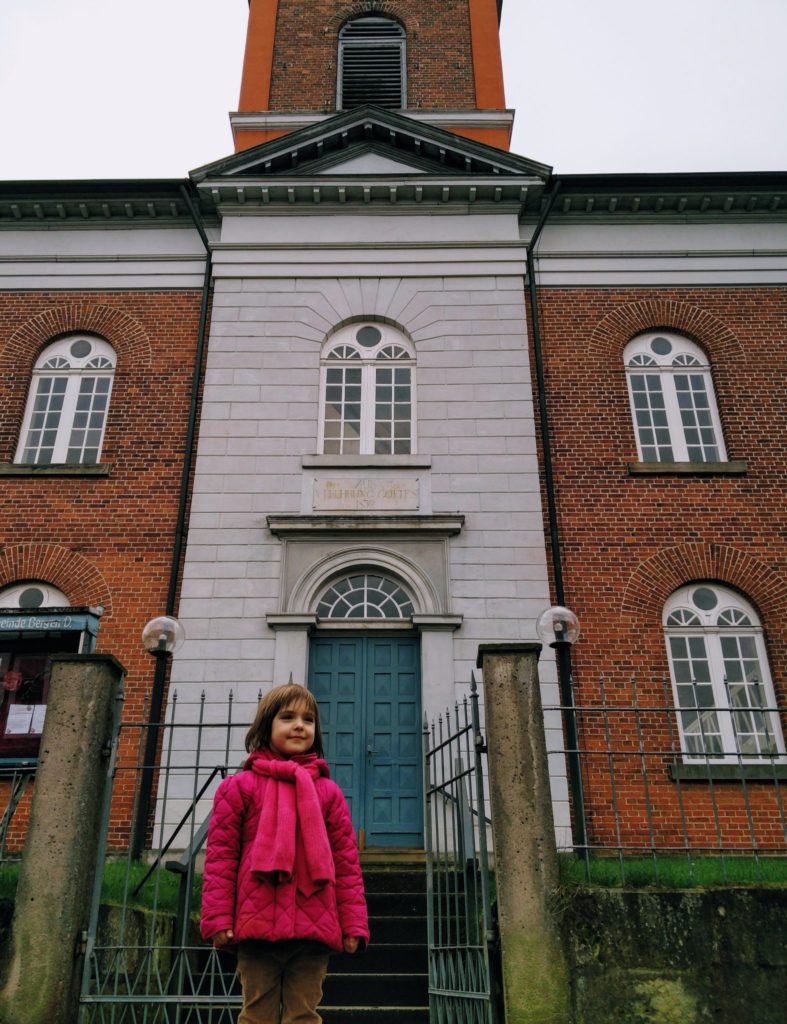
Salzwedel
Leaving Bergen, we crossed the former iron curtain and arrived in Salzwedel, the first town in Saxony Anhalt. After a quarter of a century of reunification, the differences between western and eastern Germany are getting smaller and smaller. Salzwedel surprised us very positively. This is a great example of a small town lying somewhat off the beaten track, which for centuries developed slowly but steadily.
The center is a medieval old town founded on the base of the famous Magdeburg Law. It has a classic rectangular market square and a nice Gothic-Renaissance town hall.
Salzwedel was, of course, a member of the Hanseatic League, and developed well in the late Middle Ages. The wealth of the town is visible in the richness of decorations at the town hall. The original Gothic shape of the Town Hall was transformed into a Renaissance one with features characteristic to northern Germany. It is a medieval town rich in half-timbered houses. Salzwedel is also located on the Prussian architecture trail. It is surrounded by medieval walls and gates that still proudly defend the city. Further outside the walls are districts of nice nineteenth-century villas, some of which are beautiful examples of German jugenstill. The next ring is made of “beautiful” communist blocks, fortunately built only up to 4 floors and well cared for. The last ring are various examples of late-twentieth-century and early-twenty-first-century architecture with different shades of beauty.
We had far too little time to see Salzwedel better, but it is worth having places which you leave with a plan to return and visit one day again.
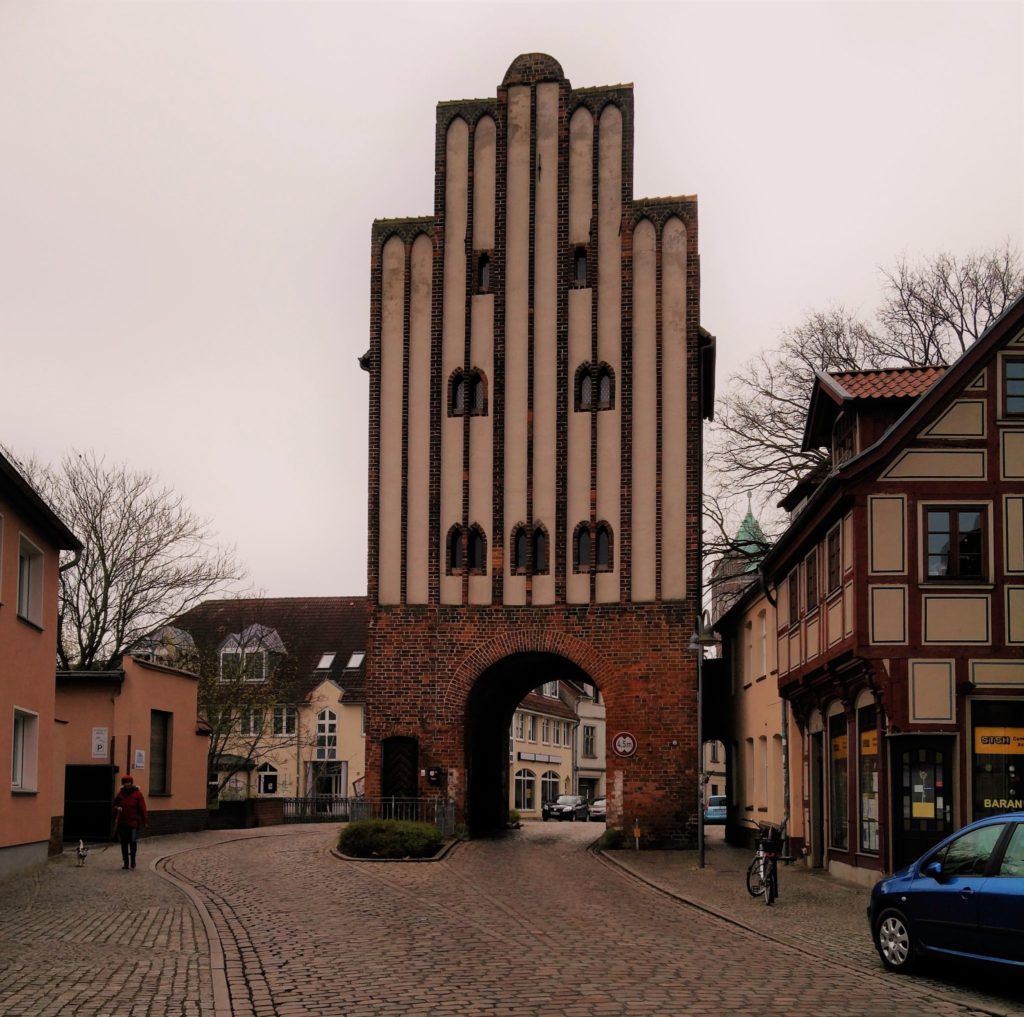
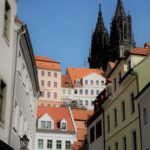
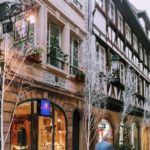
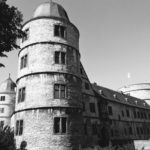

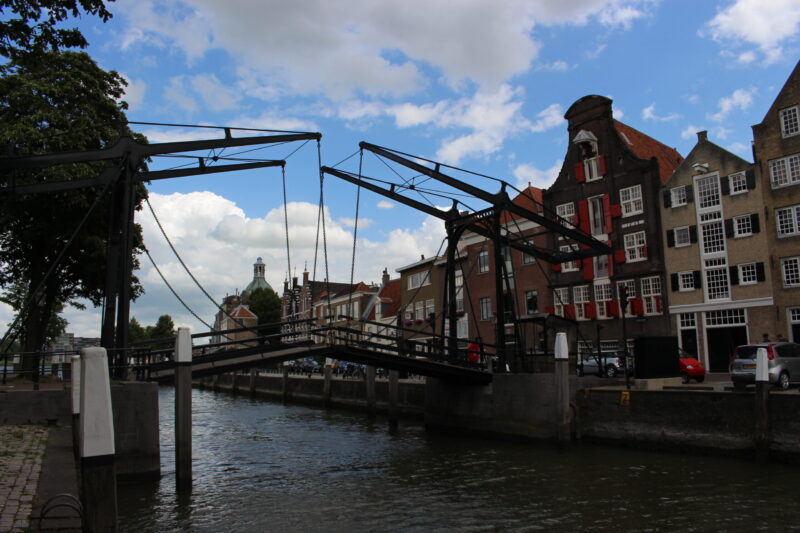
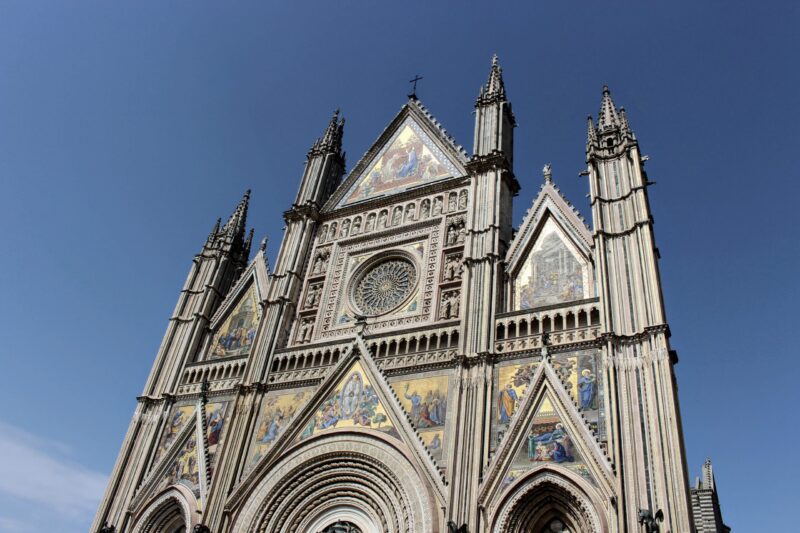
Like!! Really appreciate you sharing this blog post.Really thank you! Keep writing.